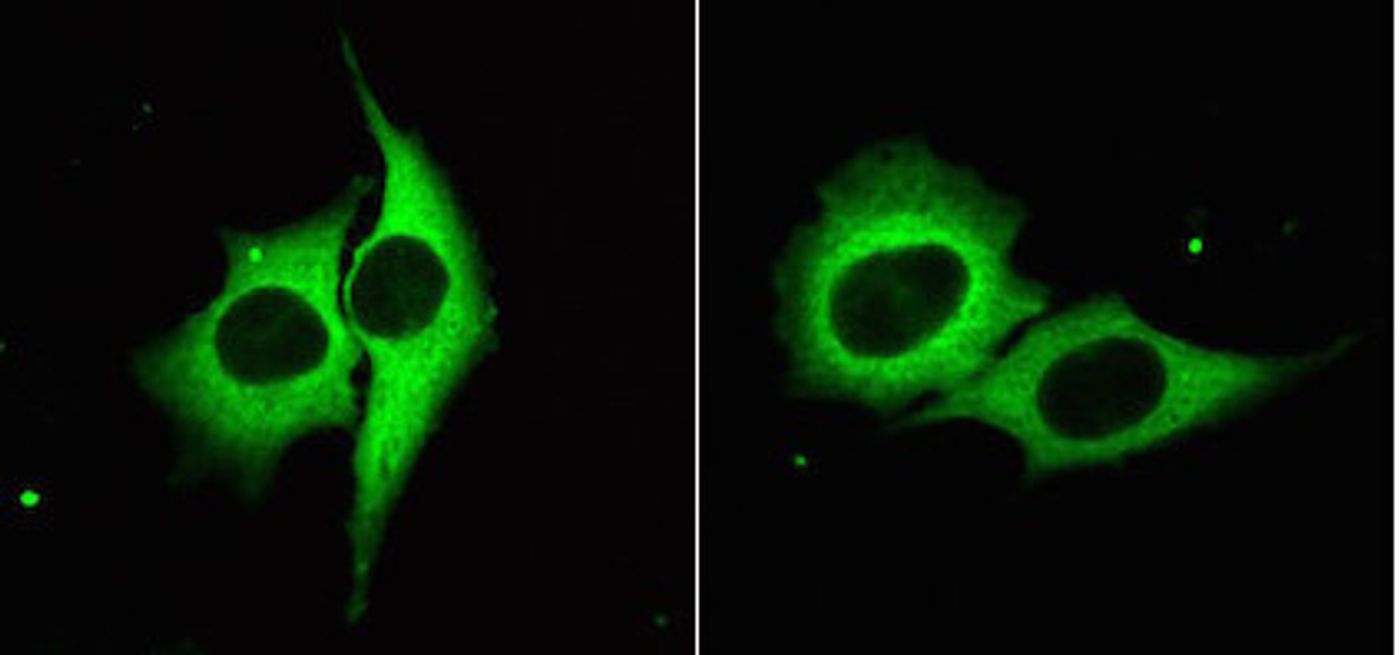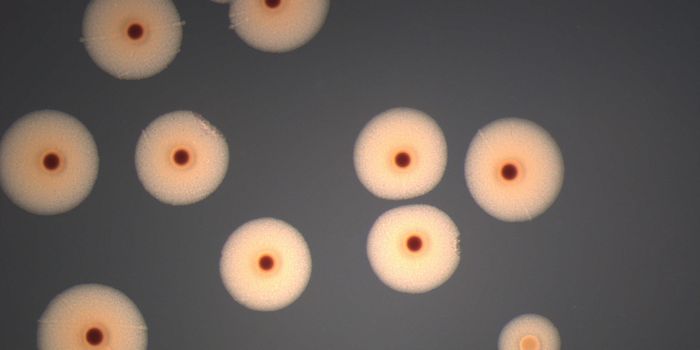Partnering MicroRNAs & Targets in a Molecular Dance
In every cell, the right genes have to be turned on or off and carefully controlled in order to carry out cellular functions properly. There are many mechanisms in place that exert an effect on whether a gene is on, or expressed, or it is not. One type of molecule that affects gene expression is a microRNA; there are many microRNAs in a cell, each targeting a specific gene. A microRNAs is matched with its messenger RNA, and the single stranded molecules come together, which acts to stop that messenger RNA from being made into a protein by the machinery of the cell. They are tiny little molecules, and there is quite a lot of messenger RNA hanging around, so how do the microRNAs find the right targets?
Researchers at the University of Texas Southwestern Medical Center have now identified a choreographer of this molecular dance. They found a so-called “dance move” – Argonaute phosphorylation – which microRNAs utilize so they can easily switch between their messenger RNA partners. Their work has been published in Nature.
"Our research addresses a fundamental question regarding how a microRNA is able to regulate a large set of target messenger RNAs, even though the microRNA is greatly outnumbered," said Dr. Joshua Mendell, Professor of Molecular Biology at UT Southwestern and a Howard Hughes Medical Institute Investigator.
The researchers used CRISPR gene-editing technology to turn off the expression of individual genes in cells in the microRNA pathway, along with a green fluorescent protein (GFP) tag on the target genes. And so, if genes that were turned off by the researchers had an impact on the microRNA pathway, cells would become more fluorescent.
Mendell explained that the microRNA pathway has been shown to act as a regulator, dialing down gene expression like quieting the volume on a stereo. UTSW scientists have previously found that disruptions in that pathway are linked to childhood cancer. Certain microRNAs have also been shown to encourage and inhibit the growth of cancer through gene regulation, and others have been linked to heart disease.
"This research uncovered a new and fundamental aspect of the microRNA pathway in which phosphate molecules are rapidly added and removed from key proteins in the pathway. We believe this mechanism allows microRNAs to engage target messenger RNAs, silence them, and then efficiently move on to the next target," said first author Ryan Golden a student in the Medical Scientist Training Program at UT Southwestern and a member of the Mendell lab.
The researchers have said that their methodology is broadly applicable to myriad biological research questions, and could aid investigators seeking to find important parts of molecular pathways.
"This study represents the first time this experimental strategy has been used to study the microRNA pathway on a genome-wide scale. It is a very powerful approach. This work lays out a methodology that could be used to study many different biomedical problems," said Dr. Mendell, a member of the Harold C. Simmons Comprehensive Cancer Center.
Check out the lecture above from Joshua Mendell, M.D., Ph.D., speaking on how non-coding microRNAs influence physiology and cancer.
Source: AAAS/Eurekalert! via UT Southwestern, Nature





![Everything You Need To Know About NGS [eBook]](https://d3bkbkx82g74b8.cloudfront.net/eyJidWNrZXQiOiJsYWJyb290cy1pbWFnZXMiLCJrZXkiOiJjb250ZW50X2FydGljbGVfcHJvZmlsZV9pbWFnZV9mNTM1ZjIyYzA5MDE5ZmNmMWU5NmI0ZDc4NWU2MzdiZTZlN2I5ZDk5XzE4NDUuanBnIiwiZWRpdHMiOnsidG9Gb3JtYXQiOiJqcGciLCJyZXNpemUiOnsid2lkdGgiOjcwMCwiaGVpZ2h0IjozNTAsImZpdCI6ImNvdmVyIiwicG9zaXRpb24iOiJjZW50ZXIiLCJiYWNrZ3JvdW5kIjoiI2ZmZiJ9LCJmbGF0dGVuIjp7ImJhY2tncm91bmQiOiIjZmZmIn19fQ==)



